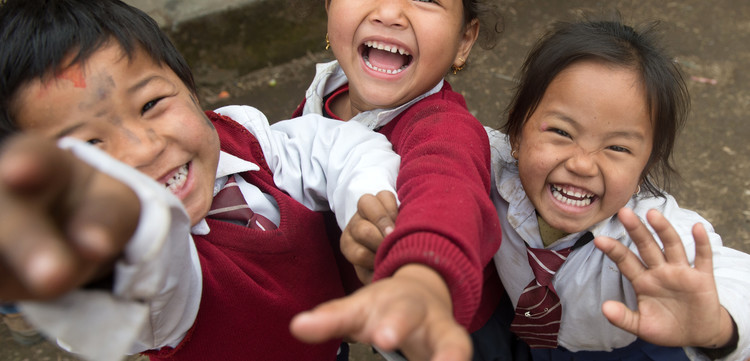Child labor – reality, challenges and solutions

Children who are affected by dangerous work are the silent majority of child workers. In the end, although they appear in photos in the media, they are often overshadowed by forms of child labor that are more in the public eye, such as child soldiers or victims of child trafficking. The various activities are often even summarized under the term child labor. Still closed few Policies or programs are tailored to the special needs of children who are affected by dangerous work.
There are many reasons to pay attention to this problem:
(1) the scale of the problem – estimates indicate that there are approximately 115 million children currently at risk of hazardous work;
(2) the recent increase in dangerous work among older children – an increase of 20% within four years; and
(3) Growing evidence that young people are much more likely to have accidents at work compared to adult workers.
Taken from that book: "Dangerous child labor. Suffering and solution. What we know – what we have to do ”, ed. ILO.
The International Labor Organization (ILO) is a specialized agency of the United Nations. It was founded in 1919 and is headquartered in Geneva. The ILO has a tripartite structure that is unique in the UN system: the 185 member states are represented in the ILO organs by representatives from governments, as well as from workers and employers. The ILO’s work focuses on the formulation and enforcement of international labor and social standards, in particular core labor standards, the social and fair shaping of globalization, and the creation of decent work as a key prerequisite for combating poverty.
(Taken from "About Us" on the website of the German ILO mission in Berlin, http://www.ilo.org/berlin)
Child labor is a major topic that the ILO deals with. The ILO program for the abolition of child labor (IPEC) is of particular importance here.
It is believed that over 100 million girls between the ages of 5 and 17 worldwide experience child labor. Of these, more than half (53 million) are said to be employed in dangerous work. Particularly alarming is the fact that girls make up a large proportion of the children who have to work in the most dangerous forms of child labor, including forced labor, bondage and prostitution.
The majority of working girls are employed in agriculture, with a large number working in services and small factories.
(Source: Give girls a chance. Overcoming child labor, a key to the future; Ed .: ILO: International Labor Organization Geneva).
RELATED ITEMS
-

by Aktion Deutschland Hilft Child labor affects more than 152 million girls and boys between the ages of five and 17 worldwide. Almost half of…
-

Numbers and facts about child labor – child relief Switzerland
The International Labor Organization (ILO) estimates that there are 264 million children in one worldwide between the ages of five and 17 years…
-

Child labor in Germany – pronats e
Child labor in Germany Many children work in Germany too, or would like to earn money from work and have new experiences. But…
-

Child labor – when being a child fails in everyday life
BY JASCHA SCHULZ | 2015-10-29 18:44 Child labor – When being a child fails in everyday life In recent years, the number of working children…
